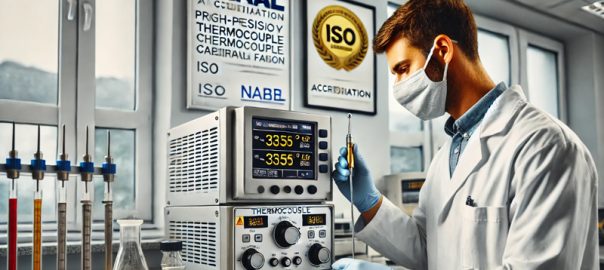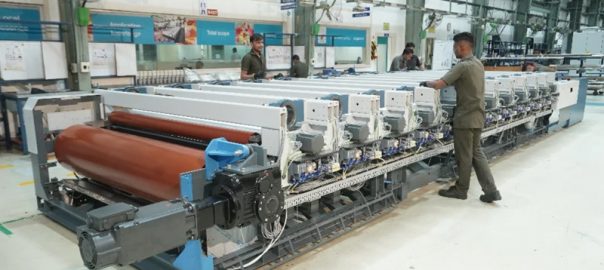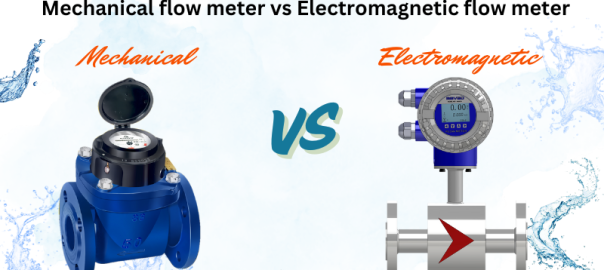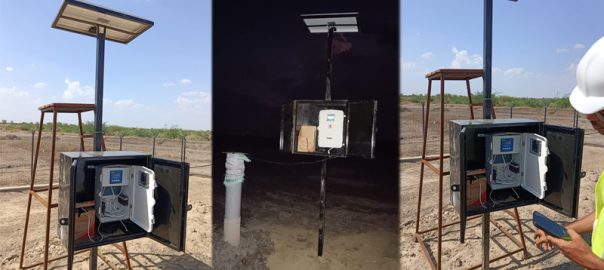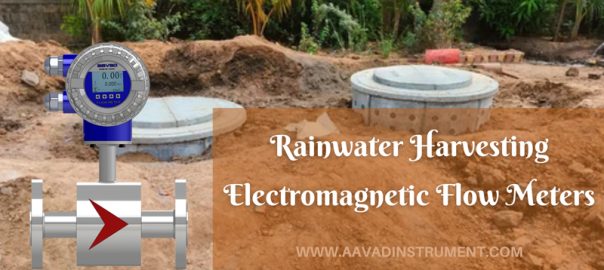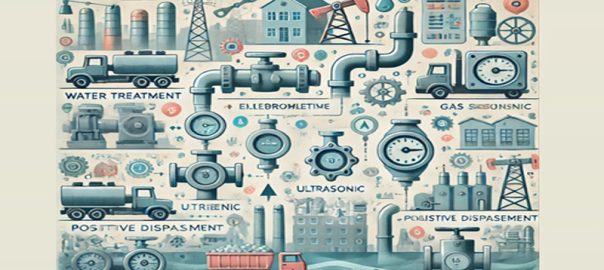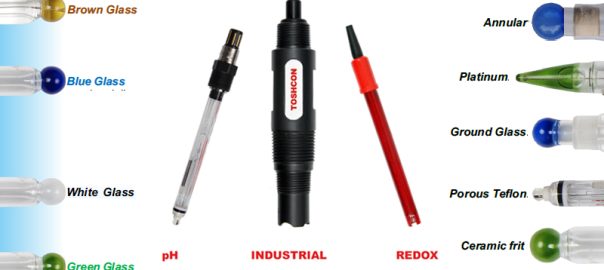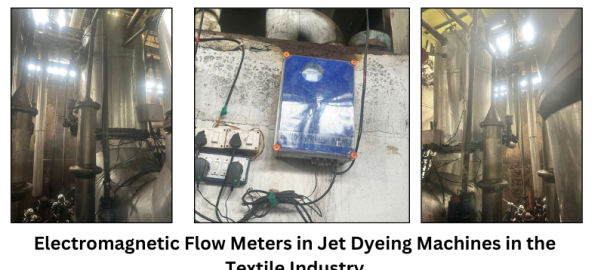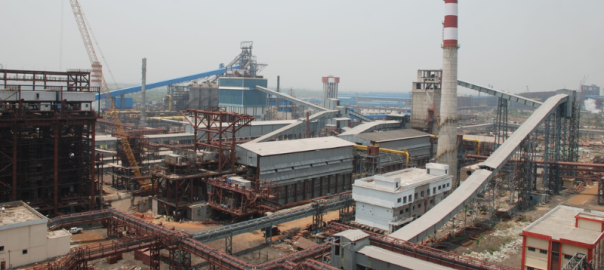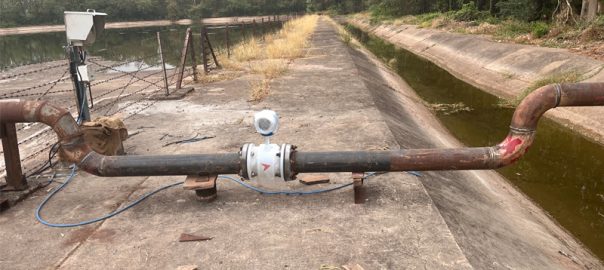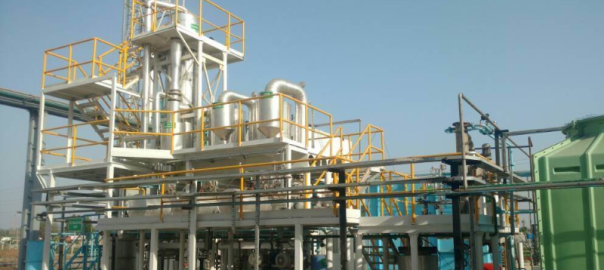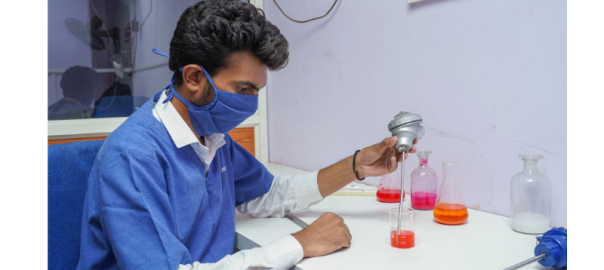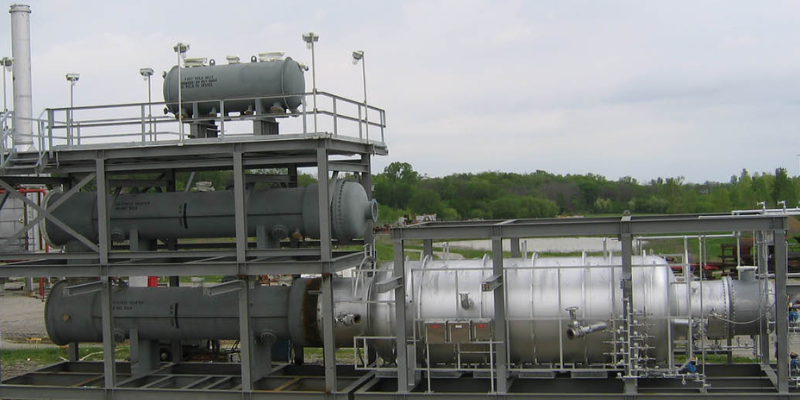
Introduction
In high-temperature industrial processes, accurate temperature measurement is crucial for maintaining efficiency, safety, and product quality. One such critical application is in sulfur furnaces, where thermocouples play an essential role. This blog post will delve into the specifics of sulfur furnace thermocouples, their importance, and best practices for their use and maintenance.
What is a Sulphur Furnace?
A sulfur furnace is a specialized piece of equipment used in the production of sulfuric acid and other sulfur compounds. It operates at extremely high temperatures to oxidize sulfur, producing sulfur dioxide (SO₂), which is then further processed. Maintaining the correct temperature in these furnaces is vital for optimal operation and to prevent damage to the equipment.
The Role of Thermocouples in Sulphur Furnaces
Thermocouples are temperature sensors that measure the temperature within the furnace. They consist of two different types of metal wires joined at one end. When the junction of the two metals is heated or cooled, it produces a voltage that can be interpreted to measure temperature.
Types of Thermocouples Used
- Type K (Chromel-Alumel): Widely used due to its reliability and accuracy at high temperatures.
- Type N (Nicrosil-Nisil): Known for its stability and resistance to oxidation at high temperatures.
- Type S (Platinum-Rhodium): Often used in applications requiring high accuracy and stability, though more expensive.
Importance of Accurate Temperature Measurement
- Efficiency: Proper temperature control ensures that the sulfur is fully oxidized, maximizing the production of sulfur dioxide.
- Safety: Prevents overheating, which can lead to equipment failure or hazardous situations.
- Product Quality: Consistent temperatures ensure the production of high-quality sulfuric acid and other compounds.
Installation and Maintenance Tips
- Proper Placement: Ensure thermocouples are placed at critical points within the furnace to get accurate temperature readings.
- Regular Calibration: Regularly calibrate thermocouples to maintain accuracy. Over time, thermocouples can drift, leading to incorrect readings.
- Protection Sheaths: Use protection sheaths to extend the life of thermocouples by shielding them from corrosive environments within the furnace.
- Routine Inspections: Periodically inspect thermocouples for signs of wear and tear or corrosion, replacing them as necessary.
Technical Specifications and Selection Criteria
- Temperature Range: Choose a thermocouple that can withstand the operating temperature of your sulfur furnace.
- Response Time: Consider the response time of the thermocouple to ensure it can provide real-time data.
- Durability: Select thermocouples made from materials that resist corrosion and oxidation.
- Accuracy: Ensure the thermocouple meets the required accuracy standards for your application.
Challenges and Solutions
- High Temperatures: Sulfur furnaces operate at extremely high temperatures, which can affect the lifespan of thermocouples. Using high-temperature-resistant thermocouples and regular maintenance can mitigate this issue.
- Corrosive Environment: The sulfuric atmosphere can corrode thermocouples. Employing protective sheaths and choosing the right type of thermocouple material can help address this.
- Drift: Thermocouples can drift over time, leading to inaccurate readings. Regular calibration and replacement can help maintain accuracy.
Case Studies
Case Study 1: Improving Efficiency in a Sulfuric Acid Plant A sulfuric acid plant was experiencing frequent thermocouple failures due to the harsh operating environment. By switching to Type S thermocouples with protective sheaths, the plant significantly reduced maintenance downtime and improved overall efficiency.
Case Study 2: Enhancing Safety in a Petrochemical Facility A petrochemical facility installed new Type N thermocouples in their sulfur furnace. The improved accuracy and durability of the thermocouples allowed for better temperature control, enhancing the safety and reliability of the furnace operations.
Industry Trends and Innovations
- Advanced Materials: Research into new materials for thermocouples is ongoing, with a focus on improving resistance to high temperatures and corrosive environments.
- Digital Integration: Modern thermocouples are increasingly being integrated with digital monitoring systems, providing real-time data and analytics to optimize furnace operations.
- Automation and AI: The use of automation and AI in temperature monitoring systems is on the rise, enabling predictive maintenance and reducing the risk of unexpected failures.
Conclusion
Thermocouples are indispensable tools in the operation of sulfur furnaces, providing critical temperature data that ensures efficiency, safety, and product quality. By understanding their role, types, and maintenance practices, industries can optimize their sulfur furnace operations and achieve better outcomes.

